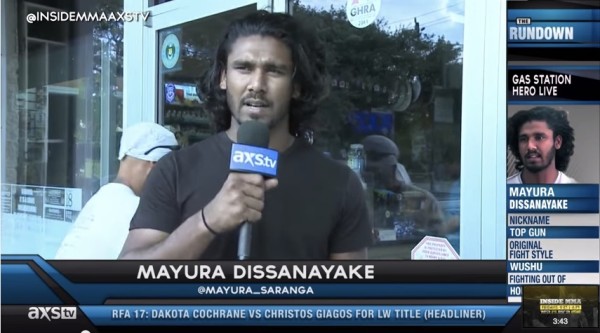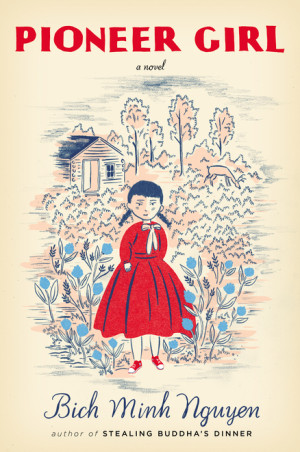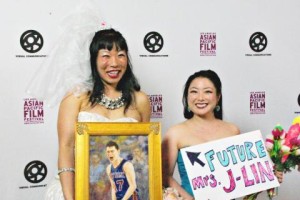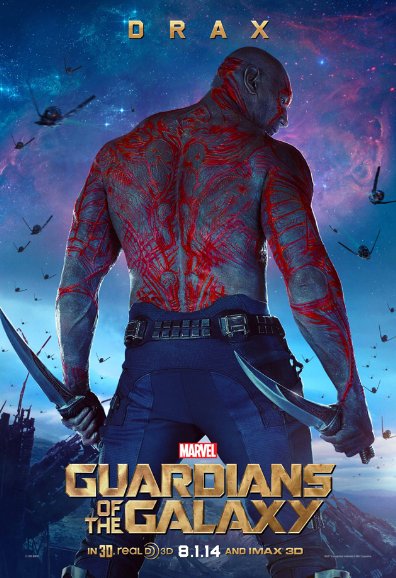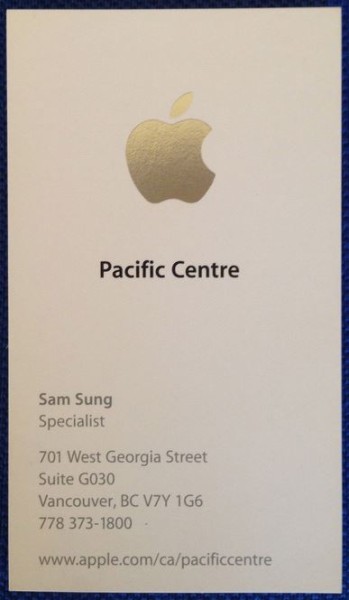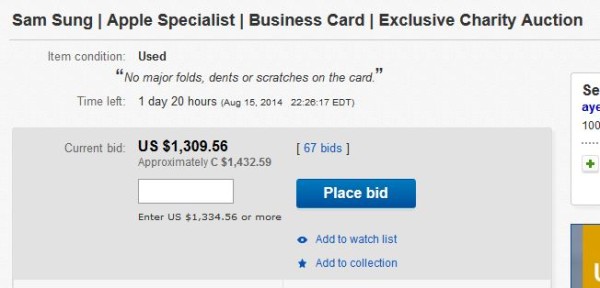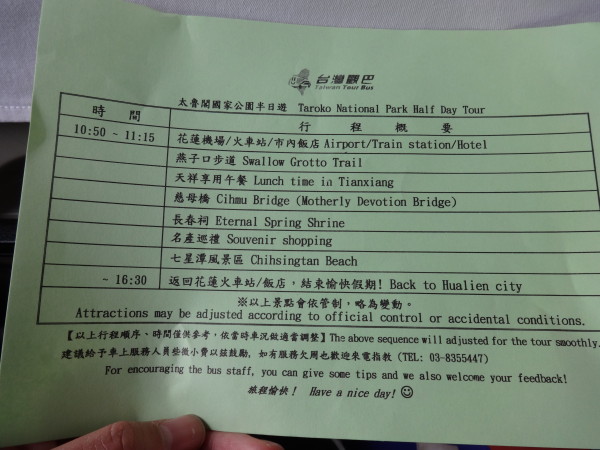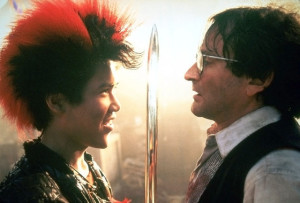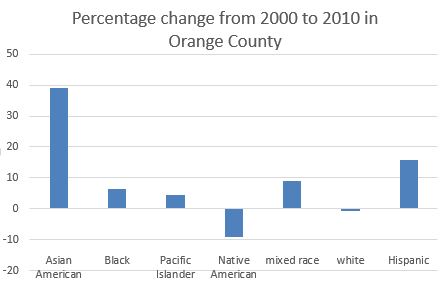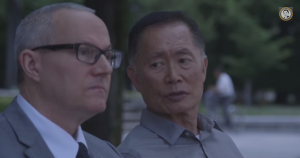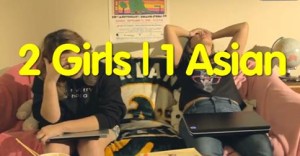
Founded in 1988 by May Louie, the San Francisco Chinatown Merchants Association (SFCMA) is an independent community organization dedicated to the revitalization of commerce and tourism in one of America’s most unique historic neighborhoods. In 1991, shortly after the devastating Loma Prieta earthquake which destroyed the direct freeway link to Chinatown, SFCMA held our first Autumn Moon Festival. Through our annual sponsorship of tradition-based events like the Annual Autumn Moon Festival, the SFCMA seeks to help visitors and locals alike appreciate the rich cultural heritage of Chinatown and all those who live and work in the neighborhood.
 2014 SF Chinatown Autumn Moon Festival Photo Contest
2014 SF Chinatown Autumn Moon Festival Photo Contest
Entry Categories:
1) San Francisco Chinatown
Show us the best parts of San Francisco Chinatown. What are your favorite places to visit, places to eat, or your favorite places to go?
2) How do you celebrate the Moon Festival?
Show us how you celebrate the Moon Festival! What foods do you make, decorations do you put up, or family traditions you have to celebrate the moon festival?
GRAND PRIZE | $500 Cash
2nd Prize (1 for each category) | $100 gift certificate
3rd Prize (1 for each category) | $50 gift certificate
Top 10 photos will be displayed at the San Francisco Autumn Moon Festival September 6th & 7th, 2014 and on Facebook.
Judges:
Sue Lee, Executive Director of the Chinatown Historical Society of America
Andria Lo, Photographer
Valerie Luu, chef and author of Chinatown Sartorialist
To enter email [email protected]
with the following:
Rules: Photos should be at least 300dpi, no more than 3 photo entries per contestant. Please email [email protected] with “Photo Contest” as the subject and your name (as you would like it to appear in credits), contact info, and digital photos to by AUGUST 27th, 11:59PM.
Photo Entry Instructions:
– Photos should be at least 300dpi resolution
– Photos should be labeled with your first and last name, category, and number (1,2,3) i.e. JenniferWuChinatown1.jpg
– Please submit no more than than 3 photo entries per person
– No photos will be accepted after AUGUST 27th, 11:59PM
The Chinatown Merchants Association reserves the right to use photo entries for promotional purposes with credit given to the photographer.
For more information, please visit https://www.facebook.com/events/1449153348689201

